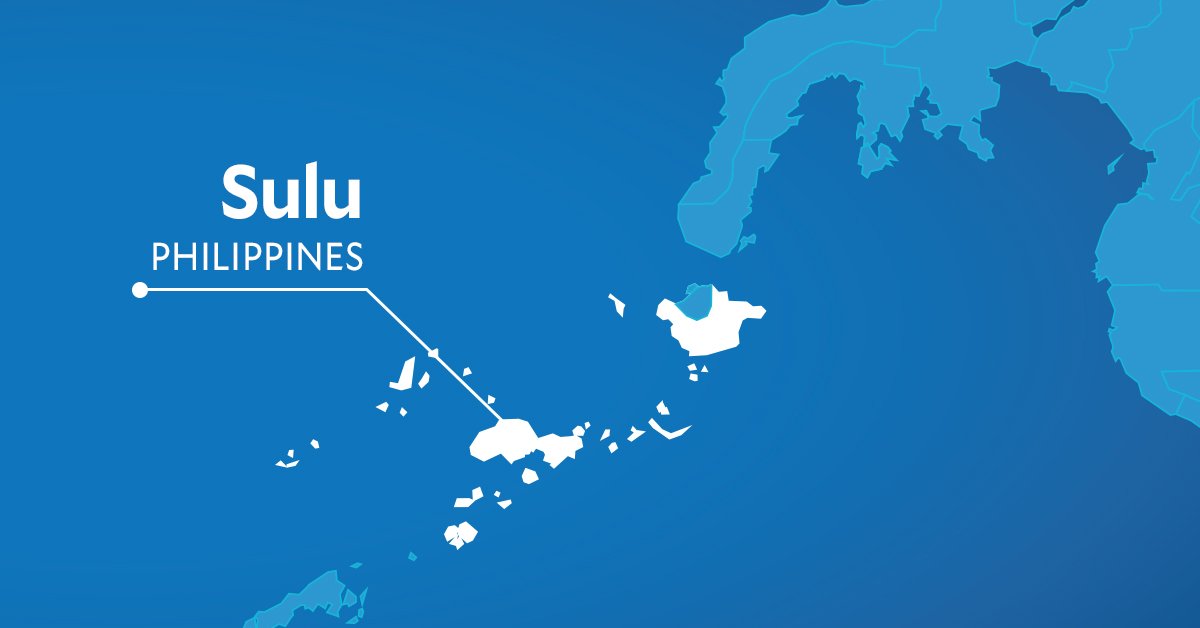The recent Supreme Court decision excluding Sulu from the Bangsamoro Autonomous Region in Muslim Mindanao (BARMM) has rekindled long-standing debates over autonomy, identity, and governance in Mindanao. The ruling, which invalidated Sulu’s inclusion in BARMM following the province’s rejection of the Bangsamoro Organic Law (BOL) during the 2019 plebiscite, underscores Sulu’s complex historical and political stance on its place within the broader Muslim Mindanao autonomy framework.
This ruling comes as a response to a petition filed by the Sulu provincial government, which contested its automatic inclusion in BARMM despite its rejection of the BOL. The Bangsamoro Organic Law was designed to replace the Autonomous Region in Muslim Mindanao (ARMM) with BARMM, offering greater autonomy and a parliamentary form of governance for Muslim-majority provinces in Mindanao. However, Sulu’s firm opposition to the BOL has roots in its distinct historical, cultural, and political identity within the Philippines.
Sulu’s Unique Historical Stance
Sulu’s relationship with Mindanao’s larger autonomy movements has always been marked by a unique historical trajectory. As one of the oldest sultanates in Southeast Asia, the Sultanate of Sulu held extensive political and cultural influence over the region long before Spanish colonization. While the ARMM and later the BARMM have been seen as critical steps toward self-determination for Muslim Mindanao, Sulu’s leaders and many of its residents have often viewed their identity and political aspirations as distinct from the broader movements.
The deep dive into Sulu’s historical context sheds light on the province’s long-standing skepticism of the central government’s efforts to lump it with other provinces under a singular autonomous governance framework. Historically, the Sultanate of Sulu maintained extensive control over its affairs, including territories stretching as far as Sabah. Many in Sulu argue that the province’s specific political history and its royal lineage are different from the broader Bangsamoro identity, which includes a coalition of ethnic groups, each with its own claims to autonomy.
The Supreme Court Ruling
The Supreme Court’s recent decision upholding Sulu’s exclusion from BARMM has significant ramifications for the future of the province and the region as a whole. While the ruling reaffirms the constitutionality of the Bangsamoro Organic Law and the parliamentary structure it introduced, it emphasizes that only provinces that voted in favor of joining BARMM should be part of it. Sulu’s rejection in the 2019 plebiscite was a clear statement of the province’s refusal to be incorporated into the new autonomous structure, and the Court’s decision respects this choice.
The ruling also underlines a critical point: the autonomy granted to BARMM is not equivalent to sovereignty. The Supreme Court clarified that BARMM, despite its greater degree of self-governance, remains under the jurisdiction of the national government, particularly in matters of national defense, foreign policy, and trade. This ensures that BARMM’s autonomy remains within the bounds of the Philippine Constitution, while Sulu retains its distinct status.
Future Implications for Sulu and BARMM
Sulu’s exclusion from BARMM raises important questions about the future of governance in the region. Sulu will no longer participate in BARMM’s parliamentary elections, scheduled for May 2025, and this will likely reshape political dynamics both within the province and in the wider region. Without Sulu’s participation, BARMM will need to navigate its internal governance challenges without one of its historically significant provinces.
For Sulu, the challenge now is determining its future course. With the Supreme Court’s ruling, the province will likely seek to strengthen its ties to the national government, perhaps leveraging its distinct political identity for greater economic and administrative autonomy outside of the BARMM framework. However, this could lead to tensions between the province and its neighboring Bangsamoro areas, as well as potential conflicts over resource allocation, security, and development projects that have been under the jurisdiction of the BARMM.
Navigating Identity and Autonomy
Sulu’s defiance of its inclusion in BARMM highlights the nuanced and often contentious nature of autonomy movements in the Philippines. While the Bangsamoro Organic Law was intended to unify Mindanao’s Muslim-majority provinces under a single autonomous region, the case of Sulu underscores that autonomy is not a one-size-fits-all solution. Each province and community within Mindanao has its own history, identity, and political aspirations, and the challenge for policymakers is to find a way to respect these differences while ensuring equitable governance.
As Sulu moves forward, the province will need to navigate its relationship with both the national government and the broader Mindanao region carefully. The province’s exclusion from BARMM may provide it with the political space to assert its distinct identity, but it also risks isolation from the broader developments taking place in the region. How Sulu positions itself in the coming years will be crucial in determining whether it can carve out a new path for itself, or whether it will eventually seek reintegration with BARMM under different terms.
In the larger context of Mindanao’s quest for peace and stability, Sulu’s breakaway is a reminder that autonomy, while essential, must be tailored to the unique needs and histories of individual communities. The Supreme Court’s ruling may be the final word on Sulu’s legal status within BARMM, but the province’s political journey is far from over.

